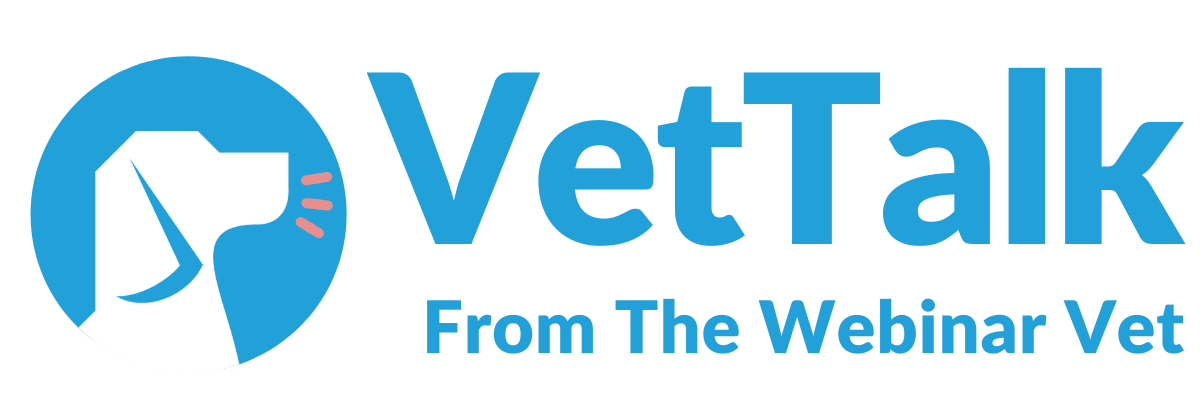
Bovine Uterine Prolapses: Causes, Correction, and Consequences – A Practical Farm Webinar with Dr David Charles
Uterine prolapse can be one of the most dramatic and challenging emergencies faced in farm animal practice. In our latest farm-focused webinar, “Bovine Uterine Prolapses: Causes, Correction, and Consequences,” experienced practitioner Dr David Charles guides veterinary professionals through the complexities of managing this condition in cattle and other ruminants, with a calm, confident and highly practical approach.
 Rare, But Serious: Understanding the Risk
Rare, But Serious: Understanding the Risk
Although uterine prolapses occur in only 0.2–1% of calvings, their potential severity makes them essential knowledge for any large animal vet. Dr Charles begins by dismantling the myth that uterine prolapse is common, instead emphasising that a clear understanding of risk factors — including age, breed, body condition score, and human intervention such as excessive traction — is crucial to prevention and prognosis.
He also explores the key drivers of prolapse in adult cows, particularly dystocia and hypocalcaemia, encouraging proactive monitoring and management of calcium levels around calving to reduce risk.
Managing the Moment: Immediate On-Farm Actions
A major strength of this session is its practical advice for real-world farm settings. Dr Charles provides clear, step-by-step guidance for preparing and managing an expected prolapse — from restraining the cow safely using a crush or calving gate, to calming the animal with food and preparing essential supplies like warm water, clean cloths, PPE, and a flutter valve for calcium delivery.
He also highlights often-overlooked but critical elements, such as keeping the uterus moist with damp towels during movement and bringing the calf alongside to reduce stress.
Treating Shock and Supporting Recovery
Addressing shock is a key theme in this webinar. Dr Charles walks through the clinical approach to treating hypovolemic shock, outlining the role of hypertonic saline, warm fluids, epidural anaesthesia, and chemical sedation. He underscores the urgency of rapid action and clear communication with the farmer about prognosis, especially in high-risk or severely compromised cases.
Replacement Techniques and Aftercare
Dr Charles provides a detailed, structured approach to uterine replacement — from careful cleaning and assessment of the uterus to safe reduction techniques, the use of a closed fist to gently reposition, and the potential need to repair tears or ligate vessels.
One standout discussion is around the controversial topic of uterine stitching, where Dr Charles shares his preference for the Bruner stitch using nylon tape and walks through when and how it should be considered.
He also outlines post-operative care, recommending broad-spectrum antibiotics, oxytocin, and both intravenous and oral calcium to support uterine involution and prevent rebound hypocalcaemia.
 Beyond the Prolapse: Prevention and Investigation
Beyond the Prolapse: Prevention and Investigation
The webinar doesn’t stop at the emergency. Dr Charles encourages vets to consider the broader picture — such as identifying patterns in cluster cases, exploring underlying nutritional or management factors, and using each case as an opportunity to improve client education and herd outcomes.
For sheep and other ruminants, he touches on species-specific approaches, including the use of epidurals with meloxicam and xylazine for longer-lasting analgesia.
Final Thoughts
This webinar is an invaluable resource for any farm vet looking to boost their confidence and clinical decision-making around one of large animal medicine’s most critical emergencies.
With a strong emphasis on practical preparedness, calm communication, and evidence-informed technique, Dr David Charles delivers a clear and compassionate guide that vets can apply immediately in practice.
🖥️ Watch the full webinar now – included in your Webinar Vet membership or available on demand.
